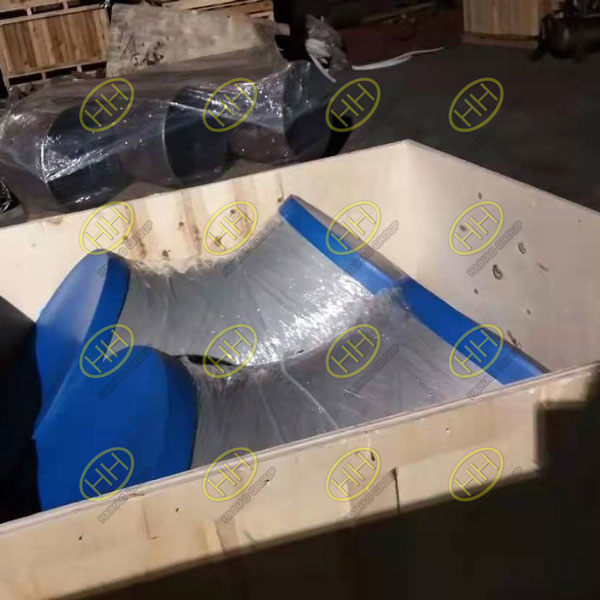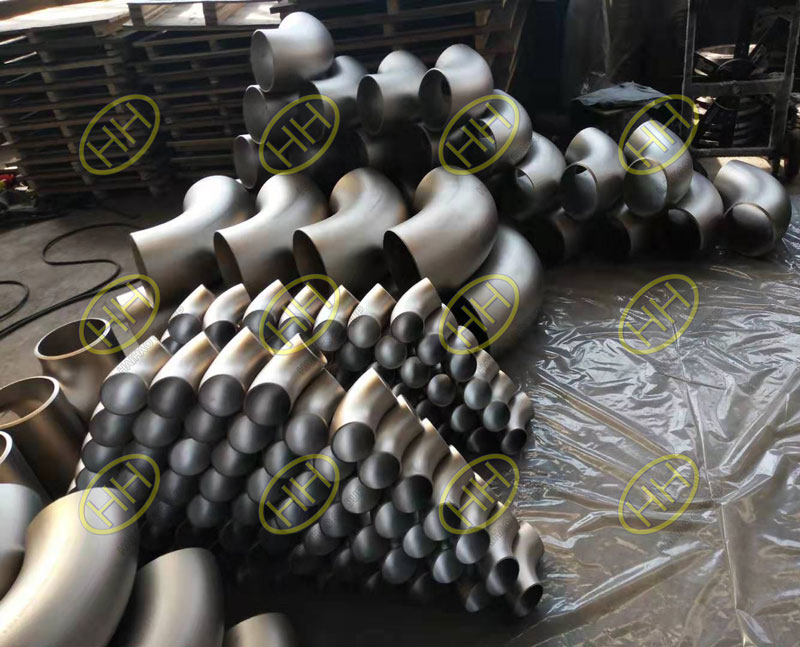The difference between short radius elbows and long radius elbows
When it comes to piping systems, selecting the right fittings is crucial to ensure optimal performance and efficiency. Two commonly used elbow fittings are short radius elbows and long radius elbows. While both serve the purpose of changing the direction of the flow, there are distinct differences between the two. Let’s delve into the disparities and understand which type suits your specific needs.
Radius: The primary difference lies in the radius of curvature. Short radius elbows have a smaller radius compared to long radius elbows. Short radius elbows typically have a radius that is equal to the nominal pipe size (NPS), while long radius elbows have a larger radius, usually 1.5 times the NPS.
Flow Characteristics: The difference in radius impacts the flow characteristics within the piping system. Short radius elbows introduce a higher level of turbulence due to the sharper change in direction. On the other hand, long radius elbows allow for smoother flow transition, minimizing pressure drop and turbulence.
Space Considerations: Short radius elbows are advantageous in compact spaces where there are limitations on the available room for piping. Their smaller radius allows for tighter turns and helps optimize the layout of the piping system. Long radius elbows, with their larger radius, require more space to accommodate the gradual change in direction.
Flow Resistance: Another important consideration is the impact on flow resistance. Short radius elbows induce higher pressure losses and flow resistance due to the increased turbulence. Long radius elbows, with their smoother flow path, minimize pressure losses, resulting in improved flow efficiency.
Velocity Considerations: The choice between short radius and long radius elbows also depends on the fluid velocity within the piping system. Higher velocities require careful consideration to avoid excessive turbulence and pressure drops. Long radius elbows are often preferred for high-velocity applications to maintain the desired flow characteristics.
Industry Standards: Short radius elbows are commonly used in applications where space is limited, such as process piping and plumbing systems. Long radius elbows find applications in industries such as petrochemical, oil and gas, and power generation, where smooth flow transition and reduced pressure drop are critical.
Choosing the right type of elbow fitting depends on various factors, including the specific requirements of the application, space limitations, flow characteristics, and industry standards. Consulting with experienced professionals and con
sidering the unique needs of your project will help you make an informed decision.
At Haihao Group, we understand the importance of selecting the right fittings for your piping systems. We offer a comprehensive range of short radius elbows and long radius elbows, manufactured to the highest industry standards. Our products undergo stringent quality control processes to ensure reliability, performance, and compliance.
Contact Haihao Group today to explore our extensive range of elbow fittings and benefit from our expertise in providing customized solutions for your piping needs. Trust us to deliver superior products, exceptional service, and a partnership built on reliability and excellence.


